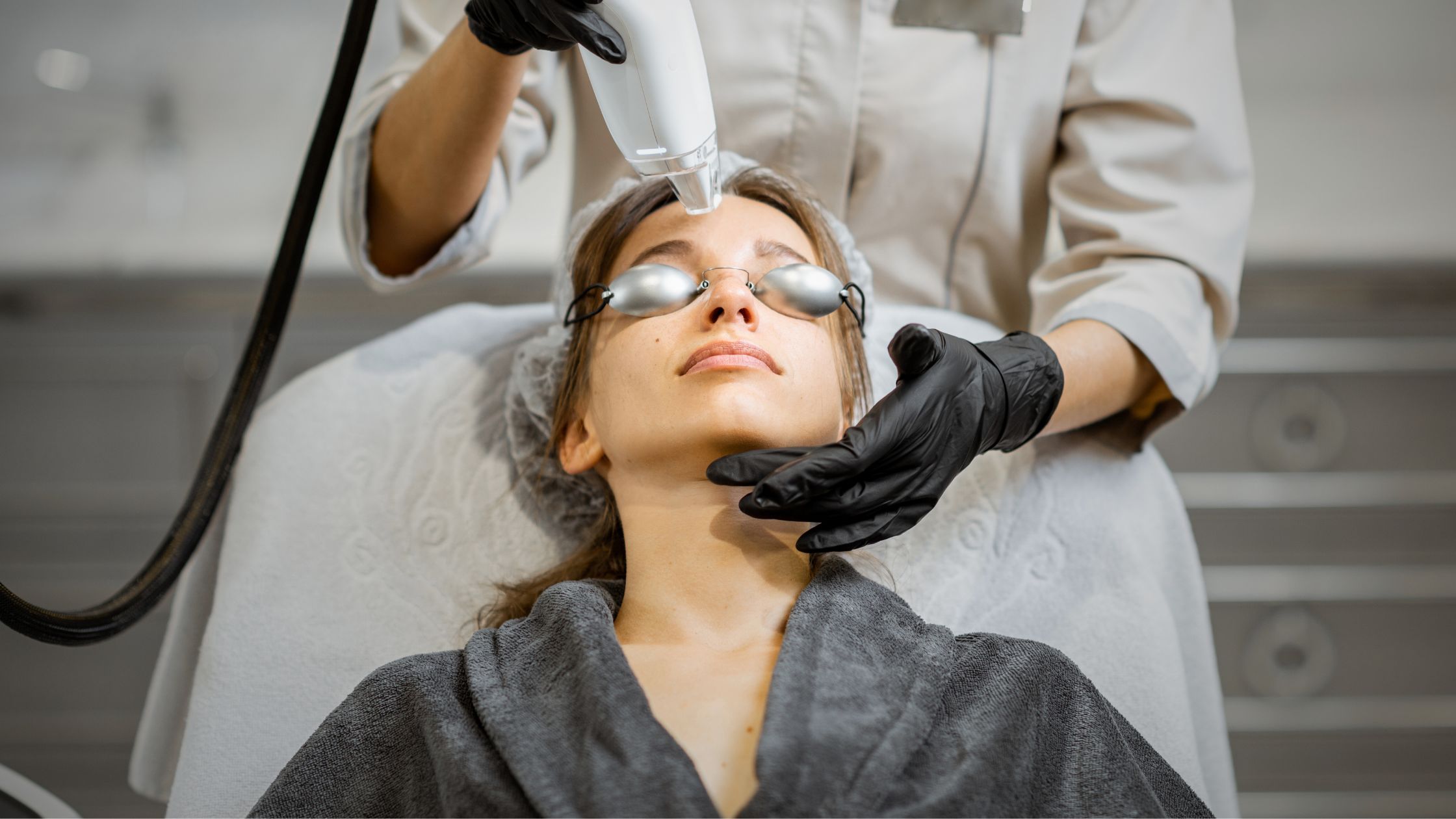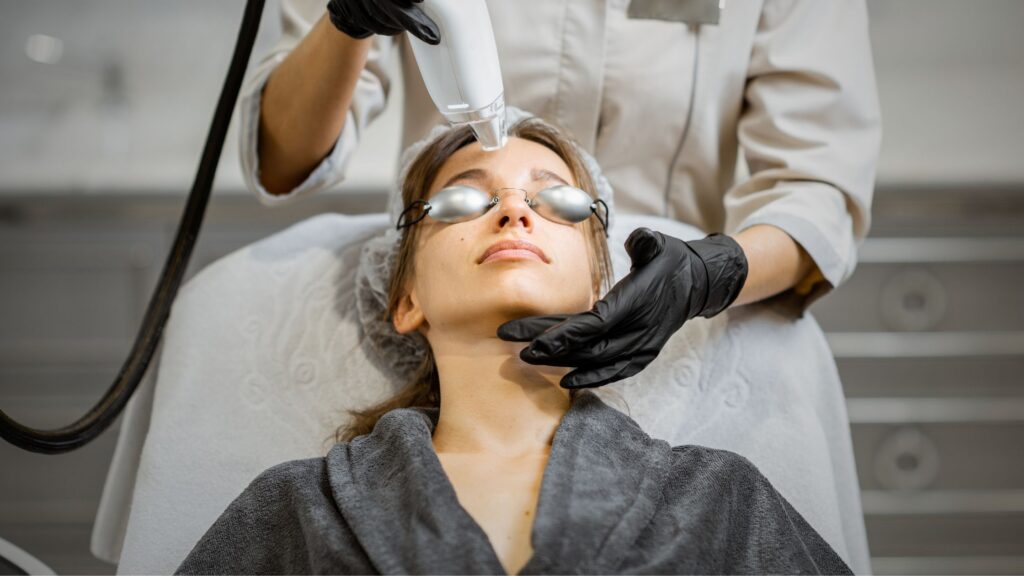
Are you tired of shaving, waxing, or threading every few weeks? Laser hair removal could be the long-term solution you’ve been searching for. In this guide, we’ll dive deep into how laser hair removal works, its benefits, safety, and what you should expect from the treatment.
What is Laser Hair Removal?
Laser hair removal is a medical procedure that uses concentrated light beams (lasers) to target and destroy hair follicles. The pigment in the hair absorbs the laser light, which then damages the follicle enough to inhibit future hair growth. Over time, this leads to significant hair reduction and, for many people, permanent results.
How Does Laser Hair Removal Work?
The process involves:
- Targeting melanin (the pigment) in hair shafts.
- Converting light energy into heat.
- Damaging hair follicles without harming the surrounding skin.
Because lasers target pigment, darker hair and lighter skin often yield the best results. However, with technological advancements, modern lasers like Nd:YAG and diode lasers can treat a wider range of skin tones and hair types.
Benefits of Laser Hair Removal
Here are some compelling reasons why more people are choosing laser hair removal:
- Permanent Hair Reduction: After a few sessions, many experience up to 90% permanent hair loss.
- Precision: Lasers can selectively target coarse, dark hairs while leaving surrounding skin undamaged.
- Speed: Each pulse of the laser takes a fraction of a second and can treat many hairs simultaneously.
- Fewer Ingrown Hairs: Laser hair removal significantly reduces the occurrence of painful ingrown hairs.
What Areas Can Be Treated?
Laser hair removal is highly versatile. Common areas include:
- Face (upper lip, chin)
- Underarms
- Arms and legs
- Bikini line
- Chest and back
Practically any area, except for the eyelids and surrounding regions, can be safely treated.
How Many Sessions Are Needed?
Hair grows in cycles, and the laser can only target hair in the *active growth phase (anagen phase). Most individuals require *six to eight sessions spaced four to six weeks apart to achieve optimal results. Maintenance treatments once or twice a year may be necessary to sustain the effects.
Is Laser Hair Removal Safe?
When performed by a qualified professional, laser hair removal is safe and effective. Some mild, temporary side effects may occur, including:
- Redness
- Swelling
- Mild skin irritation
Following post-treatment care instructions, such as *avoiding sun exposure, *not waxing between sessions, and using soothing creams, can help minimize any discomfort.
Who Should Avoid Laser Hair Removal?
Laser hair removal might not be suitable for:
- Pregnant women
- Individuals with certain skin conditions
- Those on medications causing photosensitivity
A consultation with plastic surgeon is recommended before starting treatments.
Aftercare Tips for Best Results
To maximize your laser hair removal results:
- Avoid sun exposure before and after treatment.
- Use broad-spectrum SPF 30+ daily.
- Refrain from waxing or plucking between sessions.
- Moisturize the treated area regularly.
Following these aftercare tips helps in speedy recovery and enhances treatment efficacy.
Final Thoughts:
Laser hair removal offers a safe, fast, and long-lasting solution for those who are tired of dealing with unwanted hair. Thanks to advancements in technology, it’s now accessible to a broader range of skin types and tones. If you’re looking for a way to achieve smooth, hair-free skin with minimal effort, laser hair removal could be your perfect choice.


